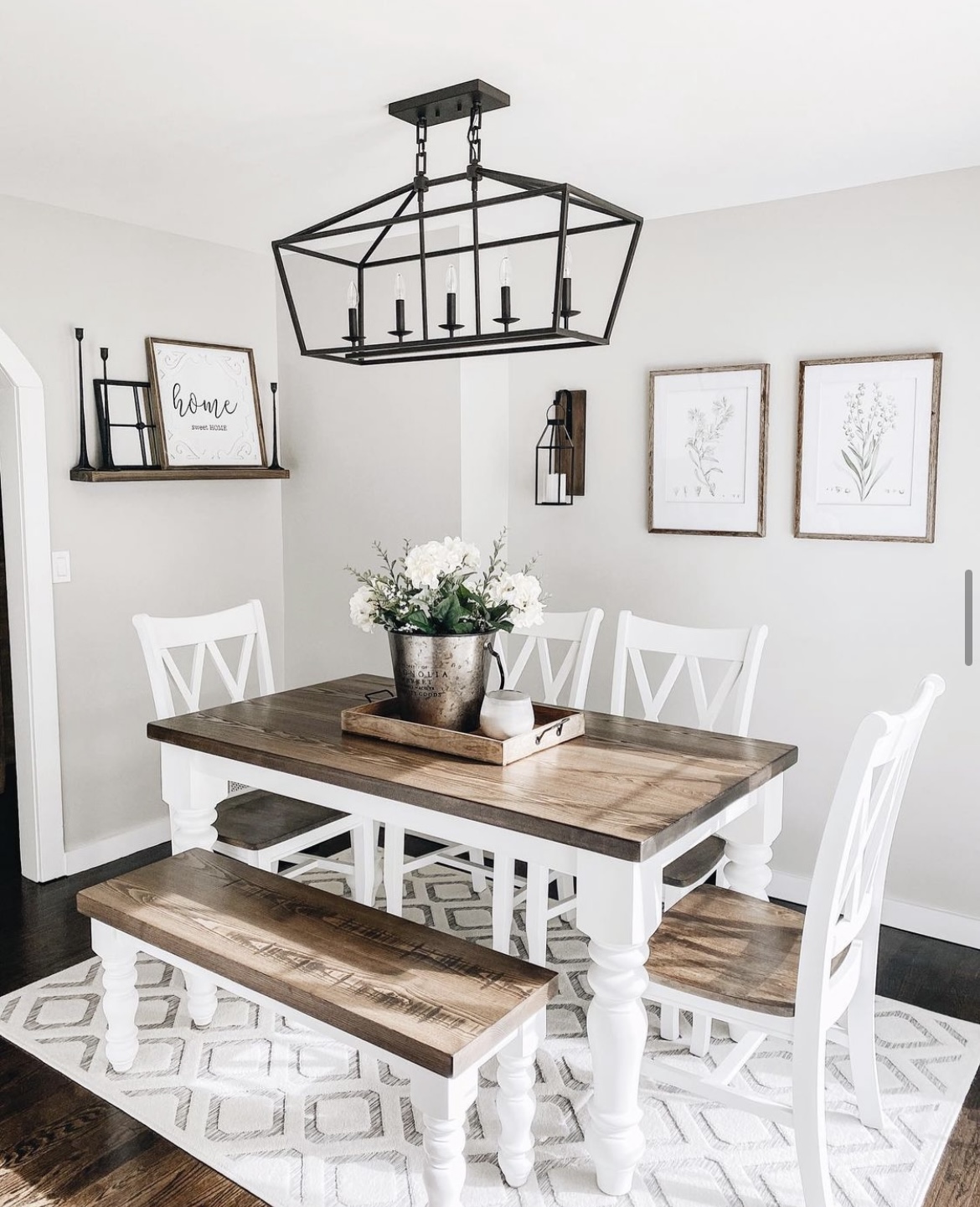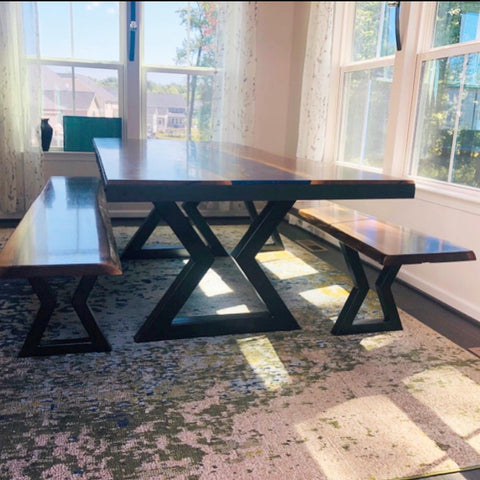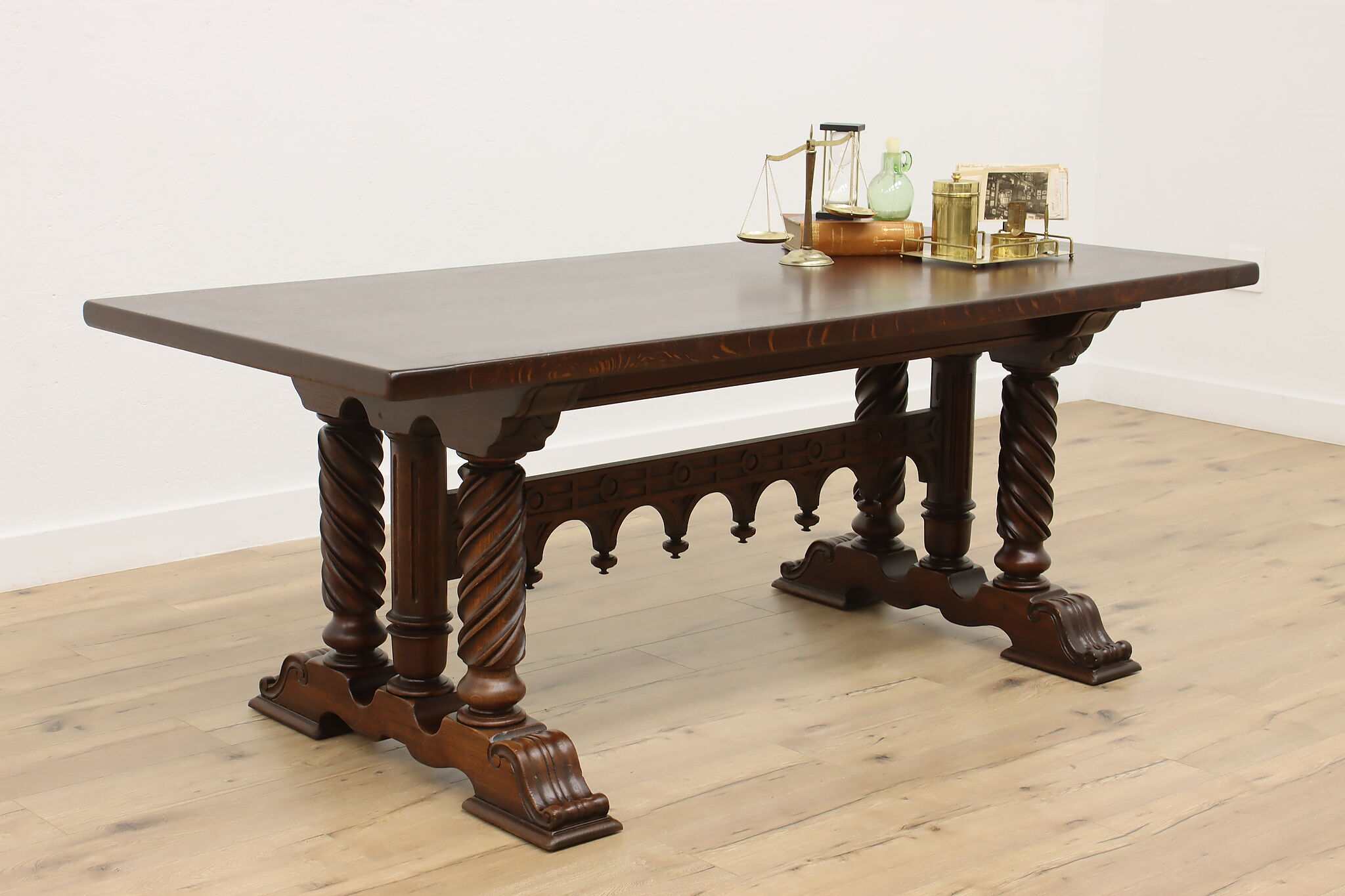How Dining Room Table Legs Can Change the Entire Aesthetic of Your Room
How Dining Room Table Legs Can Change the Entire Aesthetic of Your Room
Blog Article
Just How to Choose the Perfect Eating Room Table Legs for Your Home Design
Choosing the ideal dining room table legs is a nuanced procedure that calls for mindful factor to consider of various components, including your space constraints, visual choices, and sensible needs. The interplay between designs, dimensions, and materials can substantially influence the setting of your eating area, making it important to approach this choice carefully.
Assess Your Eating Space
Assessing your eating space is crucial for picking the right table legs that enhance both appearances and functionality. Begin by gauging the measurements of your dining location, including ceiling elevation, flooring area, and distance to various other furniture. This details will aid identify the suitable dimension and height of your table, which directly affects the option of table legs.
Following, take into consideration the design and layout of your eating space. An open-concept style might benefit from table legs that use aesthetic lightness, such as slender steel or acrylic alternatives. Alternatively, a much more typical setting may require tough wood legs that offer a feeling of durability.
Assess the existing color palette and materials in your dining area. Balancing the table legs with these aspects creates a cohesive look that boosts the total decor.
Ultimately, an extensive evaluation of your dining space will certainly lead you in making an informed choice, making certain that your table legs not just improve the visual allure however likewise serve practical purposes.
Consider Your Design Preferences
When selecting dining room table legs, it is necessary to review your personal design preferences, as they considerably influence the total visual of your dining room. Your selection of table legs can either complement or comparison with existing design, making it crucial to align them with your recommended indoor design motif.
If your home leans towards a modern visual, take into consideration smooth steel or minimalist wood legs that supply a clean, minimalist appearance. For a more typical technique, ornate wood legs with intricate carvings can include a touch of sophistication and elegance. Industrial designs profit from robust, raw materials such as recovered wood and steel mixes, reflecting a sturdy charm.
In addition, farmhouse and rustic styles often prefer tough, beefy legs that evoke a feeling of warmth and convenience. Conversely, if your design is diverse, you may choose unique forms or a mix of materials to produce aesthetic interest.

Evaluate Product Options
The selection of product for dining room table legs plays a critical function in both sturdiness and visual allure. Usual products consist of timber, steel, and composite options, each offering distinctive qualities that can influence the general look and durability of your table.
Wood is a traditional option, recognized for its heat and versatility. Hardwoods like oak and walnut provide extraordinary stamina and can be completed in different stains to match any design. Nevertheless, softwoods like yearn are much more susceptible to dents and scrapes, making them less optimal for high-traffic areas.
Steel legs, usually crafted from steel or aluminum, radiate modernity and industrial charm. They are very sturdy and resistant to put on, making them appropriate for households with children or regular events (dining room table legs). Additionally, steel can be completed in different colors, enhancing the personalization opportunities
Composite materials, such as MDF or laminate, deal cost and diverse layouts. While commonly less durable than solid timber or metal, they can still offer a fashionable look and are frequently simple to keep.
Inevitably, the product you choose need to straighten with your way of life, aesthetic choices, and the degree of use your table will experience.
Determine Elevation and Dimension
Choosing the appropriate height and dimension for your dining area table is vital for both functionality and comfort. The basic elevation for dining tables commonly ranges from 28 to 30 inches, enabling ample legroom for a lot of individuals when seated. It is crucial to consider the dimensions of your eating room and the types of chairs you prepare to make use of.

Moreover, take into consideration the percentages of your dining-room. A larger table in a spacious area can create a grand ambiance, while a smaller table works well in more intimate settings. Eventually, the best height and size will harmonize with your overall design and boost the dining experience for you and your guests.
Explore Modification Possibilities

Furthermore, the style of the legs can be personalized to fit various styles, such as rustic, modern, or commercial. Conical legs can stimulate a mid-century modern-day feeling, while chunky, block-style legs might resonate with conventional or farmhouse design.
Property owners can also explore shade surfaces, from all-natural wood spots to repaint, enabling them to match or comparison with the table top and bordering design.
Moreover, leg height can be adjusted to fit details seating plans or personal choices, boosting both comfort and performance.
Lastly, unique embellishments, such as makings or decorative brackets, can further individualize the table legs, making the eating experience not simply a dish yet a declaration item in the home. By considering these personalization choices, property owners can produce a dining room table that really shows their originality.
Final Thought
Picking the excellent eating space table legs calls for careful factor to consider of different factors, consisting of the measurements of the eating room, style preferences, product durability, and desired elevation. Personalization choices better enhance the ability to accomplish a cohesive visual that enhances the overall decor. By methodically examining these components, house owners can make sure that the selected table legs not just fulfill functional requirements however likewise contribute favorably to the eating experience and atmosphere of the home.
Selecting the ideal dining space table legs is a nuanced process that calls for careful consideration of numerous elements, including your space restraints, aesthetic preferences, and sensible demands.Assessing your eating room is vital for selecting the right table legs that match both aesthetic appeals and capability.When figuring out dimension, gauge the area where the table will certainly be put to ensure it fits conveniently, enabling for at least 36 inches more tips here of clearance around the table for very easy movement. A bigger table in a sizable area can produce a grand atmosphere, while a smaller link sized table works well in more intimate settings.Picking the perfect dining area table legs needs mindful factor to consider of numerous variables, including the dimensions of the dining room, design choices, product longevity, and wanted elevation.
Report this page